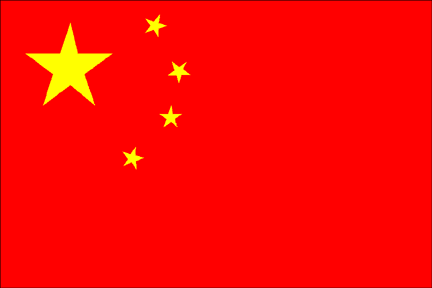 "Sources and Techniques" Title Page
"Sources and Techniques" Title Page "Sources and Techniques" Title Page
"Sources and Techniques" Title PageOn to Chapter OneProfessor Qian Xuesen gave an important speech at the National Defense S&T Intelligence Working Conference in July of 1983. His topic was: "I Maintain that the Matter of Information Collection is a Science and a Technology and We Should Put Forth Our Best Efforts to Research Information Collection." The words of Professor Qian Xuesen moved us deeply. Firstly, because we had learned from the experience of actual information collection work that, while information collection appears simple, it is by no means an easy matter to do it well, for the subject embraces many "mysteries." Secondly, Professor Qian's words moved us because, although we and many of our comrades who were engaging in information collection had already accumulated a considerable amount of practical experience in our particular posts of duty, we had not by any means elevated these practical experiences to the theoretical level. One might say that our information collection still lacked the necessary theoretical guidance, with the result that it was still mired in a state of affairs characterized by "routinism," the consideration of matters in and of themselves, and virtually complete blindness. The facts prove that the direction that Professor Qian Xuesen pointed out--putting forth efforts to research information collection learning, and establishing theory (the science of information collection) to guide information collection work--is a job that cannot be shirked by intelligence personnel. Preface
From that time on, we had a mind to summarize our experiences gained in information collection over a number of years. In the process of combining theory with practice, we hoped to make some contribution to the gradual establishment of the basic theory of the science of information collection. It happened that the China National Defense S&T Information Center (CDSTIC) was training master's degree candidates studying intelligence. We included some of what we had learned in the written teaching materials and offered a course to the master's degree students entitled "Sources and Techniques of Obtaining National Defense S&T Intelligence." The material was further revised based on several terms of teaching, and thus this book was written.
Several basic intelligence science perspectives predominate in this book. Based on more than thirty years of experience in information collection, the book takes the establishment of certain new concepts and ideas as its point of departure. Then the book specifically sets forth and explains: a brief history of the development of information collection work; the nature and functions of information and the assessment of information; sources of intelligence and sources of information; consumer demand for intelligence; channels for transmitting information; methods and techniques for obtaining information; and preliminary views on the science of information collection.
This book was entitled "Sources and Techniques of Obtaining National Defense S&T Intelligence" because it primarily stemmed from practical experience in the work of collecting national defense S&T information. One of the book's primary goals is to serve as a reference for those in the intelligence cause who are engaged in the work of collecting national defense S&T information. At the same time, the book purports to serve as a "road map" for those comrades in national defense S&T work and national defense S&T information-research work who are looking for information. Thus, this book's "Introduction to Typical National Defense Intelligence Sources and Materials" [Chapter 4, Section 7] is intended to make this dual role prominent, effectively "killing two birds with one stone."
However, the goals of the book are by no means limited to the two goals mentioned above. Problems that are common to all S&T information collection are touched upon in its many pages, and not just problems that relate to the collection of national defense S&T information. The book takes the sharing of ideas and views with colleagues as its starting point, and serves to stimulate comment and discussion among colleagues. By means of a joint effort among colleagues, the book aims to take a great stride forward toward the goal of establishing a system of theoretical concepts for the science of information collection and bringing theorems and norms to light that have practical significance for guiding information collection work. This will facilitate the early establishment of proper academic status for the science of information collection within the broader field of intelligence science.
We received help from many comrades at the CDSTIC Liaison Office during the course of writing this book. In addition, we consulted papers and books written by many of our domestic colleagues, by which our minds were fed. At this point, we extend our sincere thanks to each and every colleague.
As of now, the national level information collection setup has yet to take shape in China and the science of information collection is still in the germination stage. Some of the views and perspectives in this book are merely our shallow perceptions. Some of them are far from being fully thought out and some are superficial. Where our views are unwarranted, we welcome our colleagues' criticisms and corrections.
-- The Authors, September 1, 1990